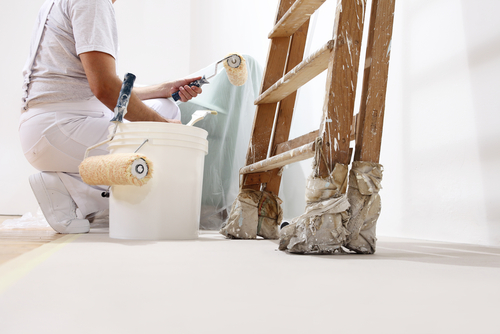
SOME REASONS WHY ORIGINAL ART IN THE HOME IS AS IMPORTANT AS A BED
1. Creates Mood
2. Adds Personal Character to the Home
3. Makes Memories
4. Provides a Colour Palette
5. Makes a Room Feel Finished
6. Inspires and Fosters Creativity
7. Conversation Starter
8. Supports Artists
9. It is an Investment
10. Creates a Livable Environment
11. Keeps the Brain Active
12. Relaxation
13. Curating Your Own Gallery is Fun!

Post renovation cleaning ideas
- Details
- Category: Home improvement





